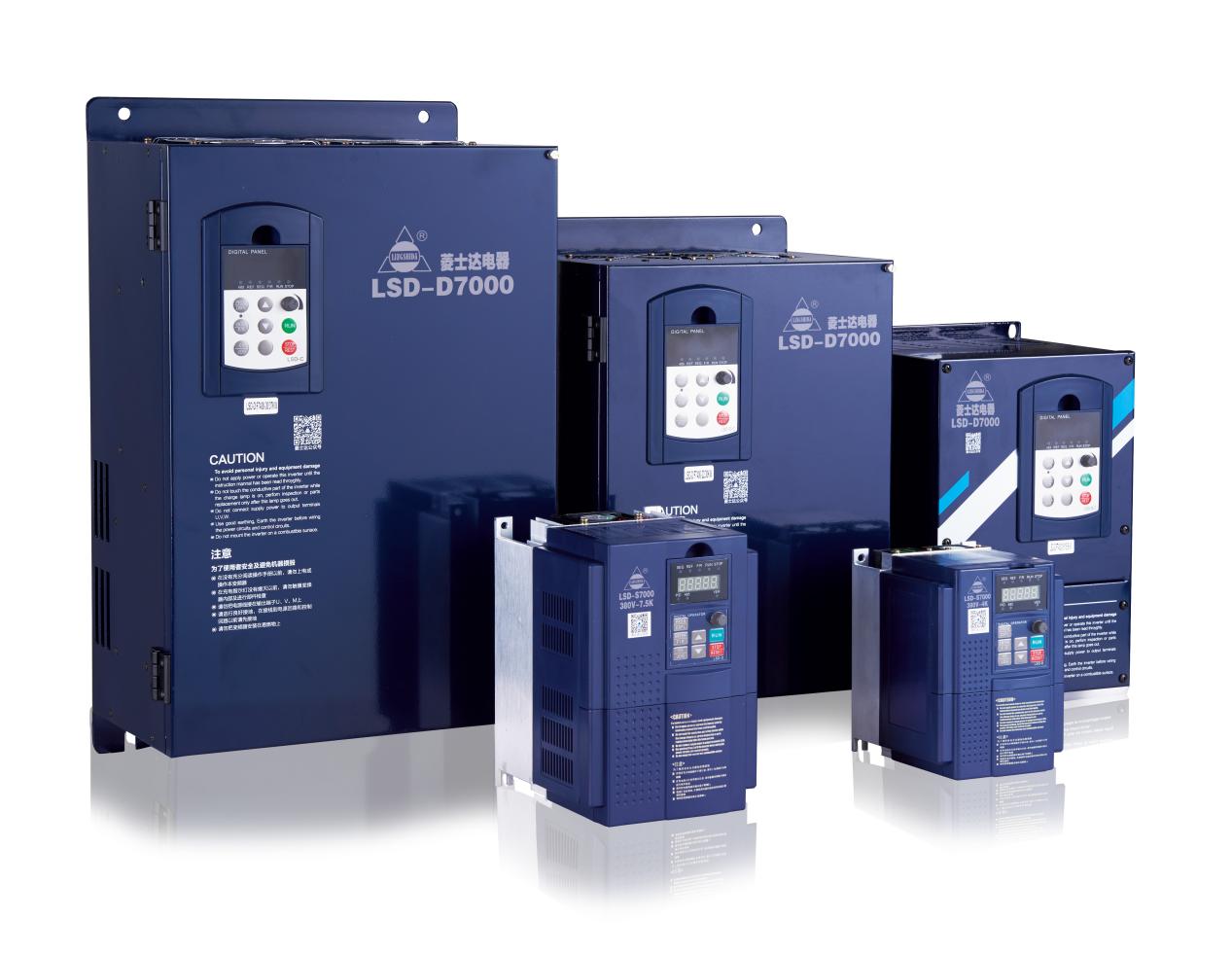
Content:
1.What needs to be done first
2.How to select frequency inverter
The use of frequency inverters to control motors in a variety of systems is an efficient and modern solution, allowing stable operation and a simple way of control. Of course, this is only possible if a frequency inverter is selected.
What needs to be done first
Obviously, before selecting a frequency inverter, you must have fully developed the system that it will control. That is, before selecting one, you must know:
●Which motor will be installed in the system;
●The power rating of the motor;
●The starting and braking characteristics;
●The nature of the load on the motor;
●The need for additional sensors and remote control circuits.
Generally speaking, when the purpose of the system is known, e.g. lift, pump or ventilation control, it is possible to narrow down the choice considerably by considering inverter models that are optimised to deal with this type of load. However, even in this case, the choice will be quite large.
How to select frequency inverter
To select the best frequency inverter for a particular technical task, you should consider the following parameters:
●The supply input voltage and the number of phases. They should correspond to the values specified in the frequency inverter data sheet.
●The motor’s power output and its rated current. These specifications should be about 10% higher for a frequency inverter. It is not desirable to make a larger power reserve, unless you plan to upgrade. Firstly, such reserve will cost much more, and secondly, the accuracy of motor control may be degraded.
●The nature of the load. If the load involves constant operation of the motor at peak power, e.g. hoists, presses, attention should be paid to the duration of the peak load and its permissible value.
●Ability to maintain operation within the required frequency range.
●The desired operating principle of the motor braking system. For example, in high power systems with frequent start/stop cycles, it makes sense to consider the purchase of a more expensive frequency inverter with regenerative braking. Initial hardware costs will be offset by the energy savings.
●The need to connect additional sensors. For example, in pump systems, the presence of pressure sensor feedback will increase accuracy and economy.
●Support of protocols and availability of remote control and monitoring ports. Compliance with these requirements is important for centralised or automated control.
●The installation and operating conditions must take account of the environmental parameters of the room in which the frequency inverter will be installed.
Using these rules, which recommend how to choose the right frequency inverter, you will be able to select the optimal inverter model according to cost and functionality criteria. You can also ask our specialists for help in making your selection.
Post time: Jul-22-2023
